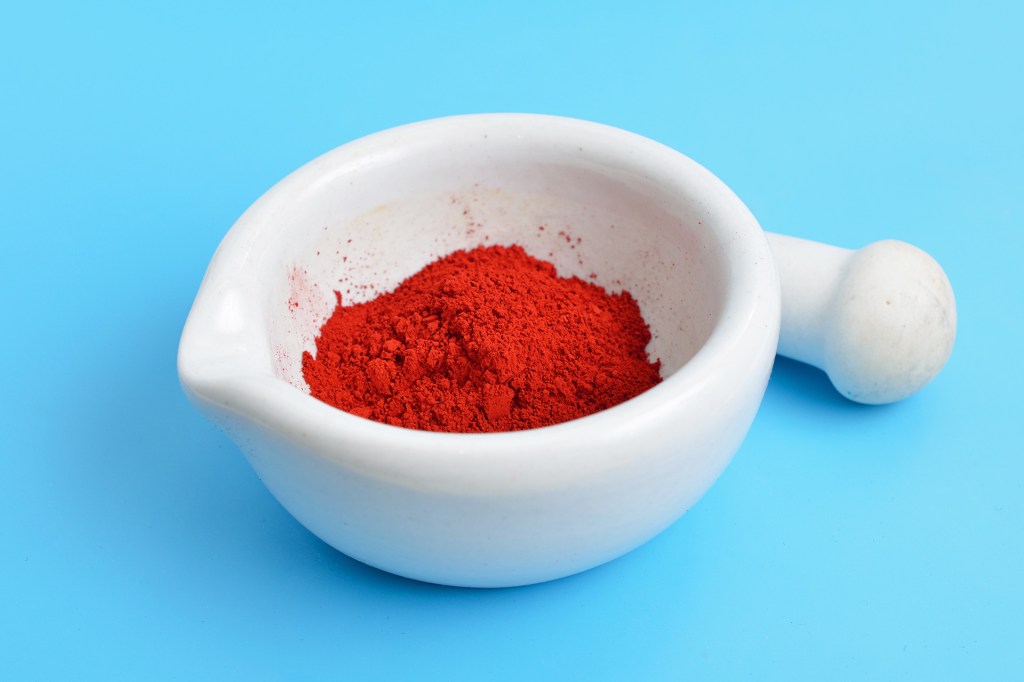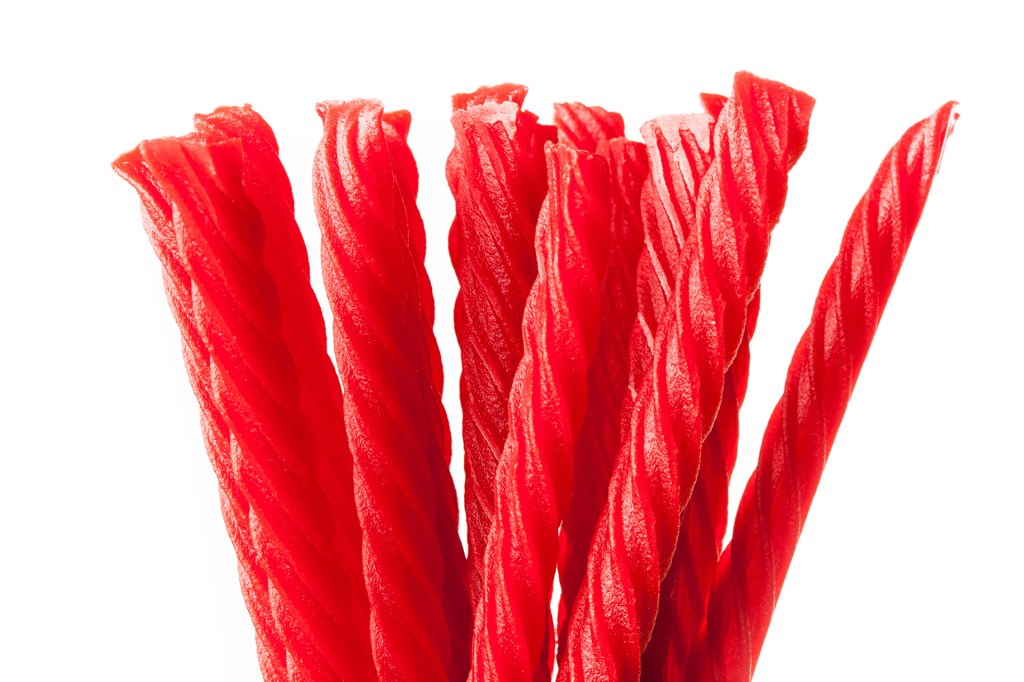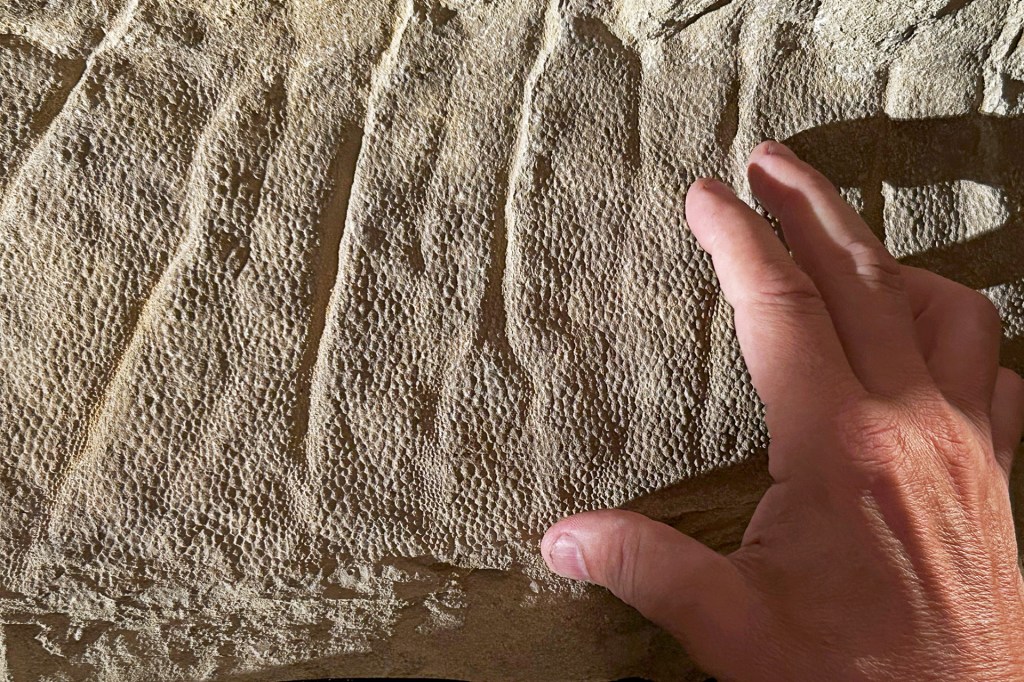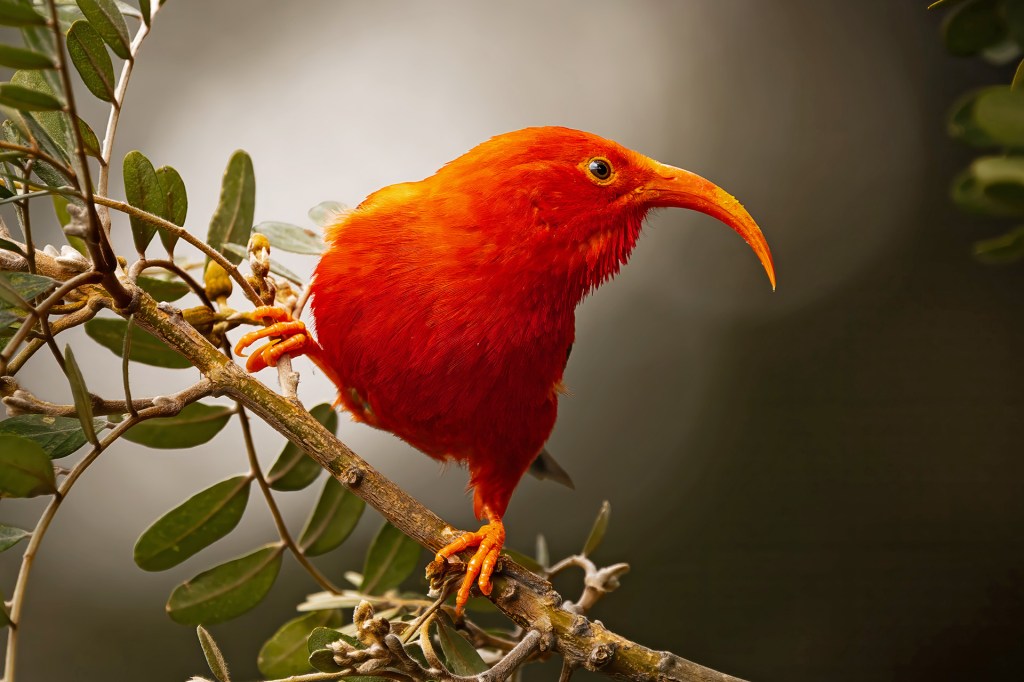Rethinking Red

On April 22, the Food and Drug Administration made an announcement. The agency will phase out petroleum petroleum a naturally occurring oil found deep underground (noun) -based food dyes in the United States. One is FD&C Red No. 40. It’s also known as Red 40. The dye is used in candies, cereals, and other products.
Food companies are looking into new dyes. One example is carmine dye. It comes from tiny bugs called cochineals. They live on cacti.

SNACK BREAK Carmine dye is used in some snacks, like red licorice. You can find it on food labels.
BHOFACK2/GETTY IMAGES
Colorful Critters
People have used cochineals for more than 2,000 years. Historians think the practice started in the second century B.C.E. People in Central and South America used the bugs in textiles and cosmetics. Today, carmine is used in makeup and some snacks. Red licorice is one example.

LITTLE BUG A cochineal rests on a prickly pear cactus. This cactus is the bug’s natural habitat.
PAUL STAROSTA—GETTY IMAGES
Food scientist Thomas Galligan spoke with TIME for Kids. He says carmine is still rare in the U.S. The Department of Agriculture keeps a list of food ingredients. Cochineal extract extract a concentrated substance (noun) and carmine are listed as ingredients in only 2,200 foods, Galligan says. Red 40 is listed in more than 36,000.
Potential Pitfalls
Why not embrace the bugs? First, they’re tiny. Melissa Wright works with food producers. “It takes about 70,000 [cochineals] to make one pound of the dye,” she told TFK.
And there are health concerns. Galligan says some people may have “allergic reactions to cochineal.”













